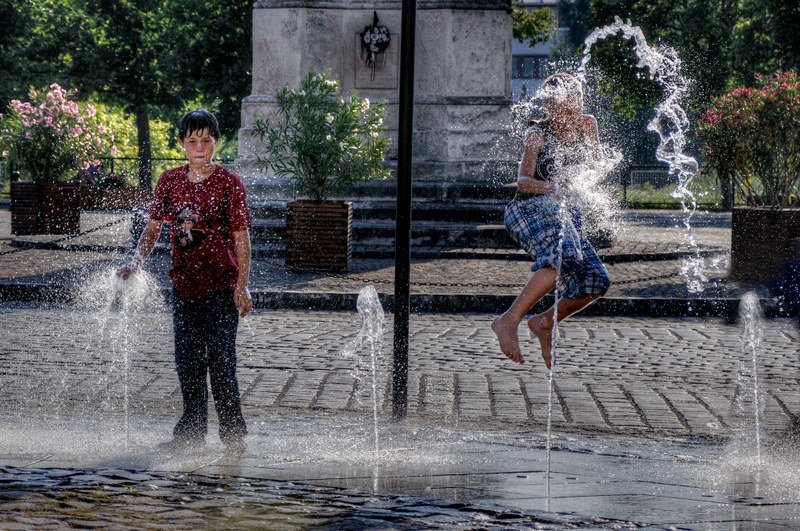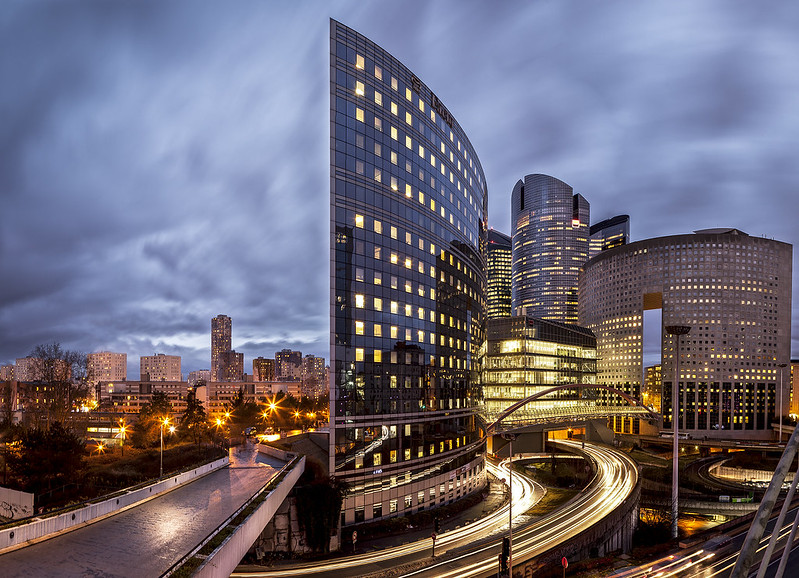All official European Union website addresses are in the europa.eu domain.
See all EU institutions and bodiesTo achieve climate neutrality by 2050, the EU needs to boost its energy efficiency and reduce its energy consumption faster. That will allow to achieve reductions in greenhouse gases and pollutants, while relieving pressure on Europe’s energy supply and prices.
Our quality of life and the proper functioning of the economy depend on a reliable supply of energy at an affordable price. But energy production and consumption, especially our dependency on fossil fuels, put pressure on the environment and cause climate change.
Energy efficiency means using less energy for the same output or producing more with the same energy input, and minimising energy waste. Reducing energy consumption and energy waste across the energy system — from production to final consumption — in all economic sectors is one of the EU’s strategic objectives.
Energy efficiency measures have a great potential to avoid greenhouse gas emissions and to lower the demand and price of this valuable resource. It also improves the competitiveness of EU companies and contributes to reducing the EU’s dependency on imported energy sources.
The European Union is taking action to improve energy efficiency through a series of measures, including making buildings more energy efficient, better labelling of products, mobilising financing for energy efficiency investments and improving heating and cooling systems.
Energy efficiency is an equally important part of the EU's climate neutrality and transition to a clean energy system as renewable energy.

Europe's heatwaves: How to keep buildings cool sustainably?
Europe’s temperatures are rising more than twice as fast as the global average with more and more extreme heatwaves being recorded. The demand for sustainable cooling in buildings is increasing and, there is a need for buildings that are energy efficient, use passive cooling solutions and can protect people from heatwaves and contribute to human health and well-being.
Key elements of a sustainable cooling strategy include tailoring to local contexts, promoting urban cooling solutions, prioritising investment in passive cooling techniques, using active cooling systems rationally and moderately, and developing low-energy cooling systems that are suited to future warmer climates.
Explore further
Energy-efficient buildings and climate change
Historical greenhouse gas emissions from the EU buildings sector show a decreasing trend since 2005. This is the result of the implementation of higher standards for new buildings, measures to increase energy efficiency in existing buildings (e.g. through changing of heating systems, thermal insulation and more efficient heating systems), measures to decarbonise the electricity sector but also warmer temperatures.
These reductions were partially offset by the increase in dwellings and by a larger average floor area in buildings. The trend in reducing emissions is expected to continue in the future, but a very strong increase in the renovation rate is needed to meet the overall EU 2030 emissions target.





